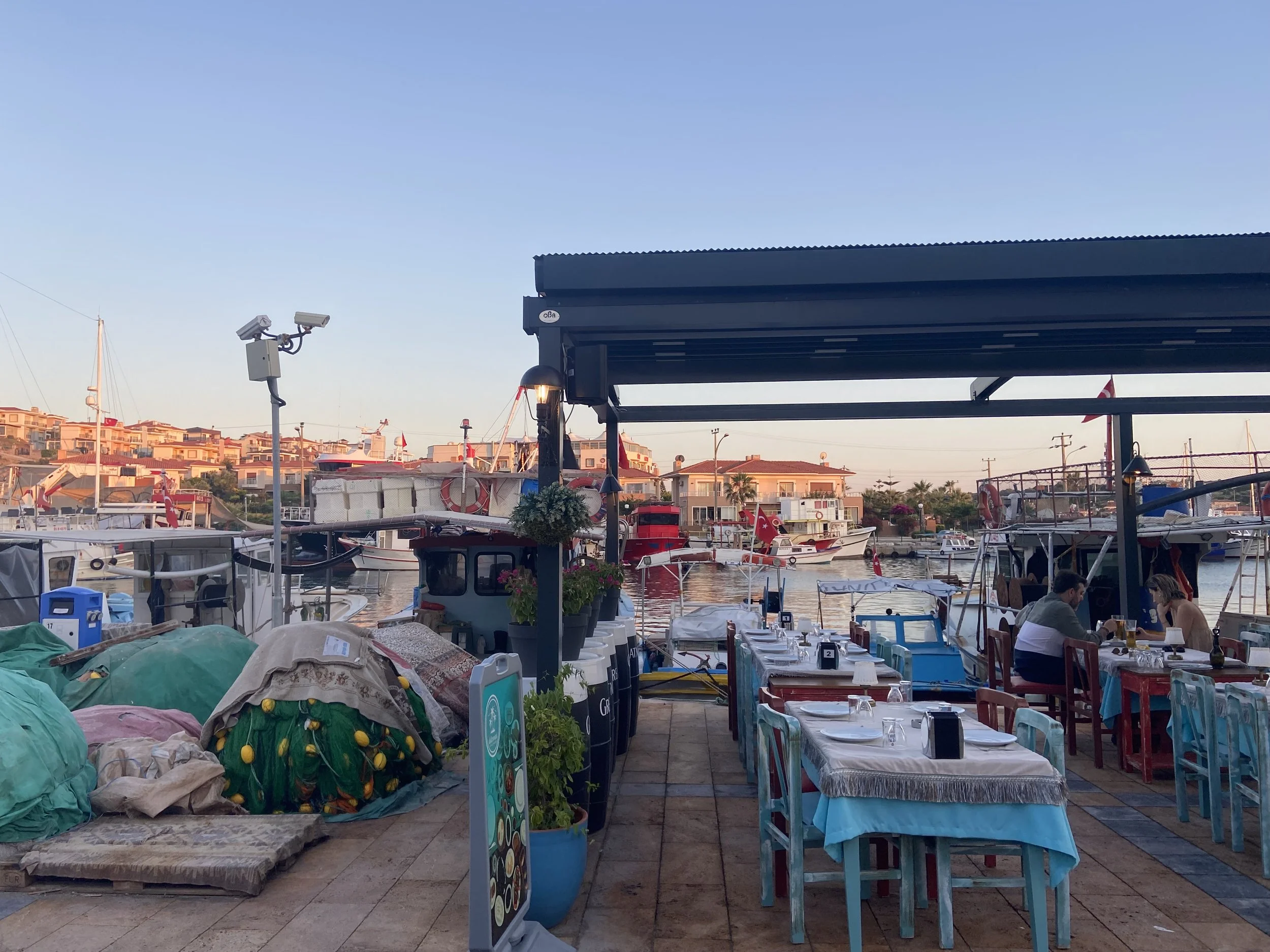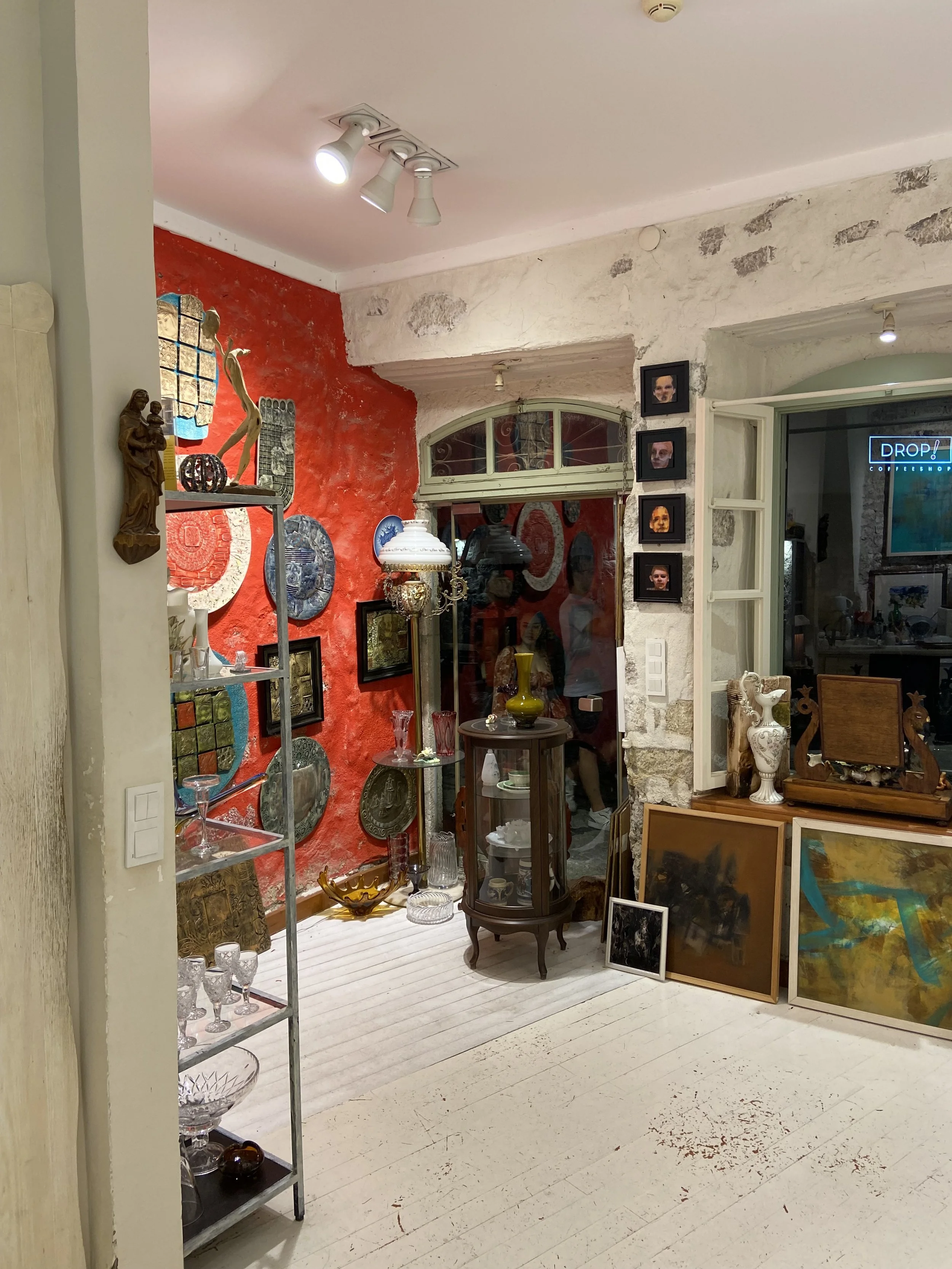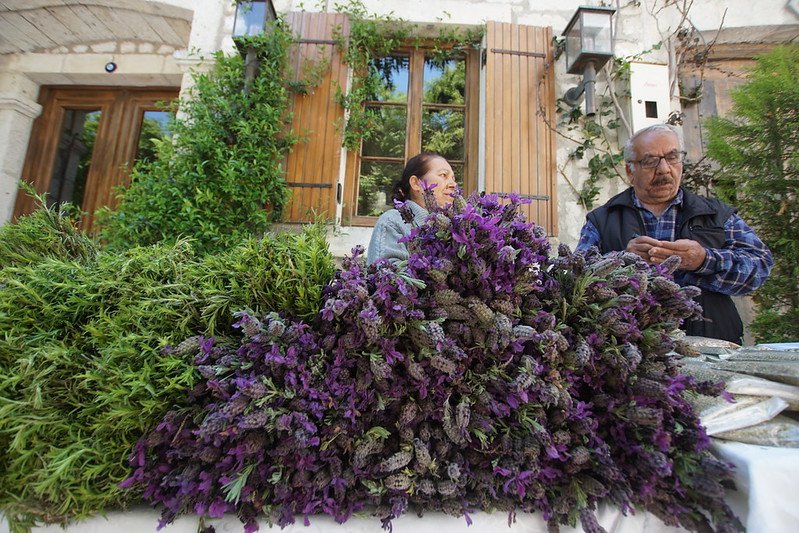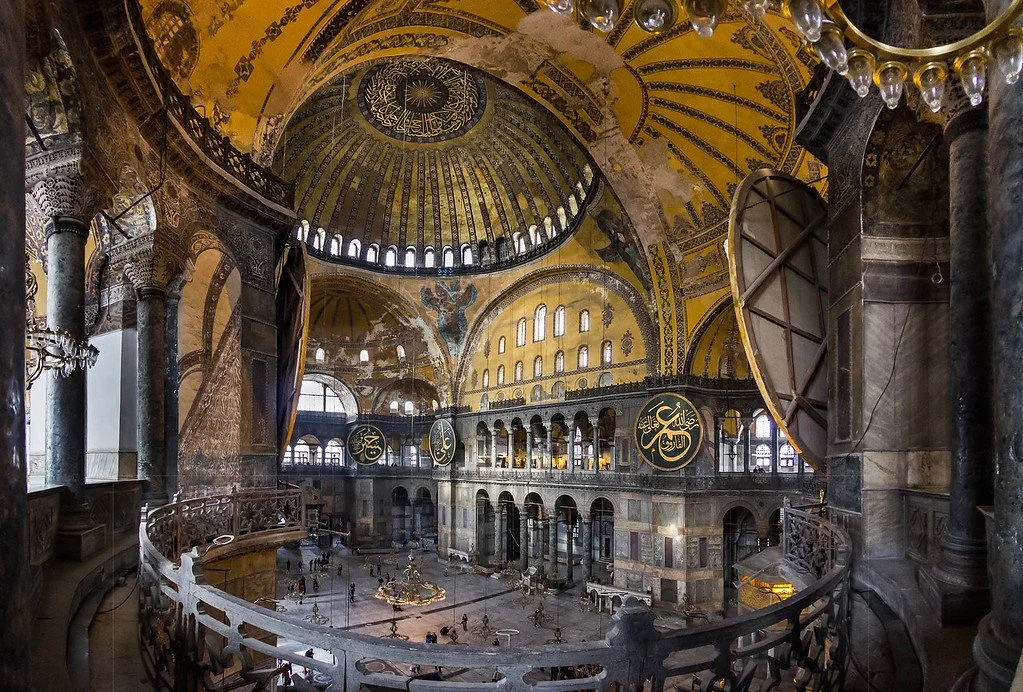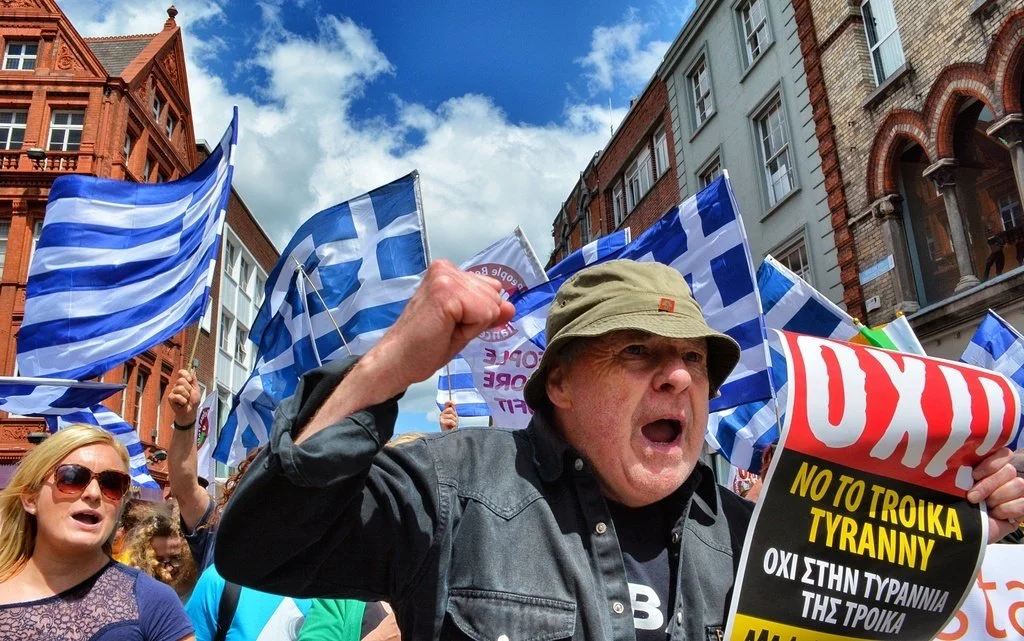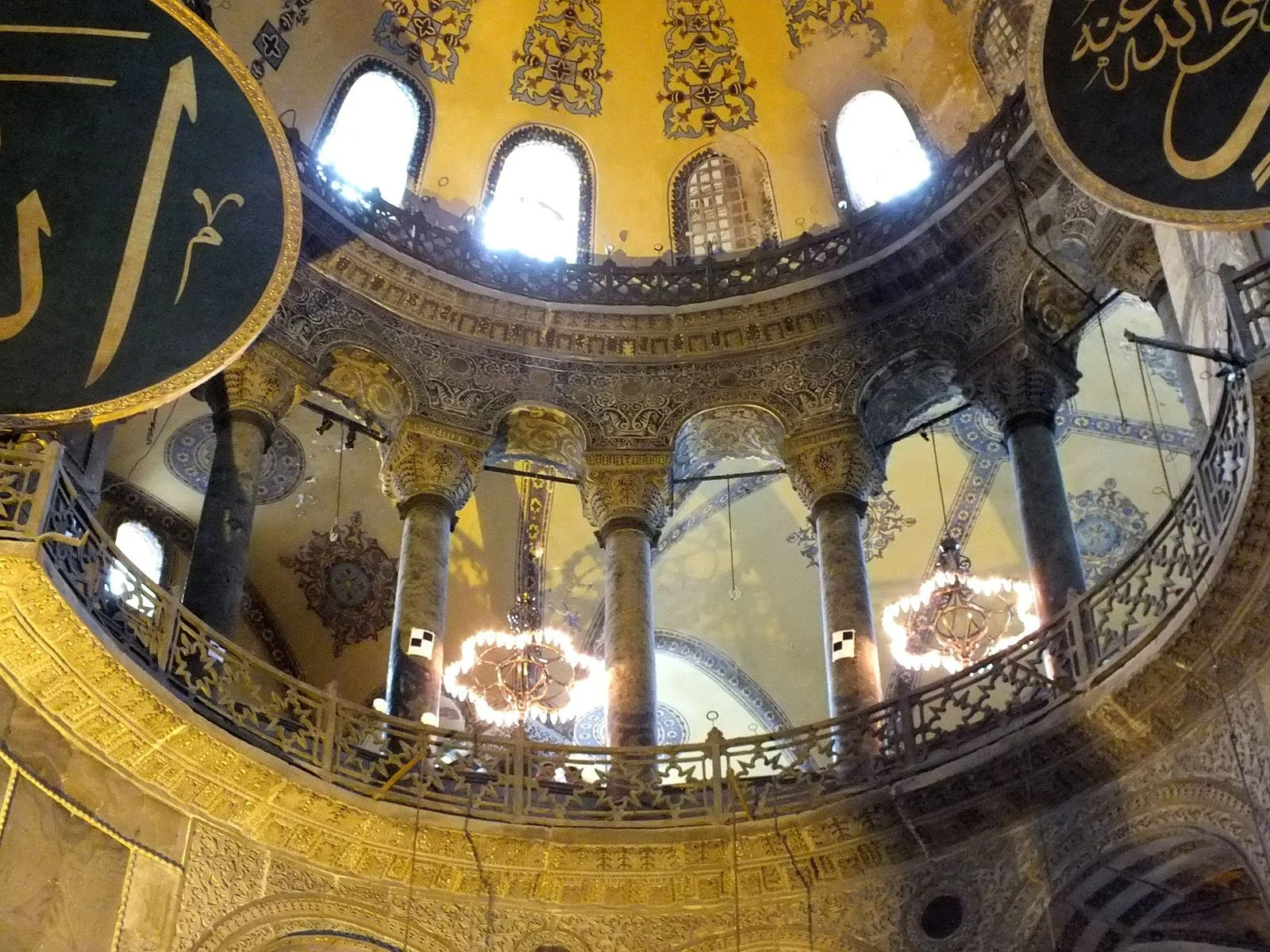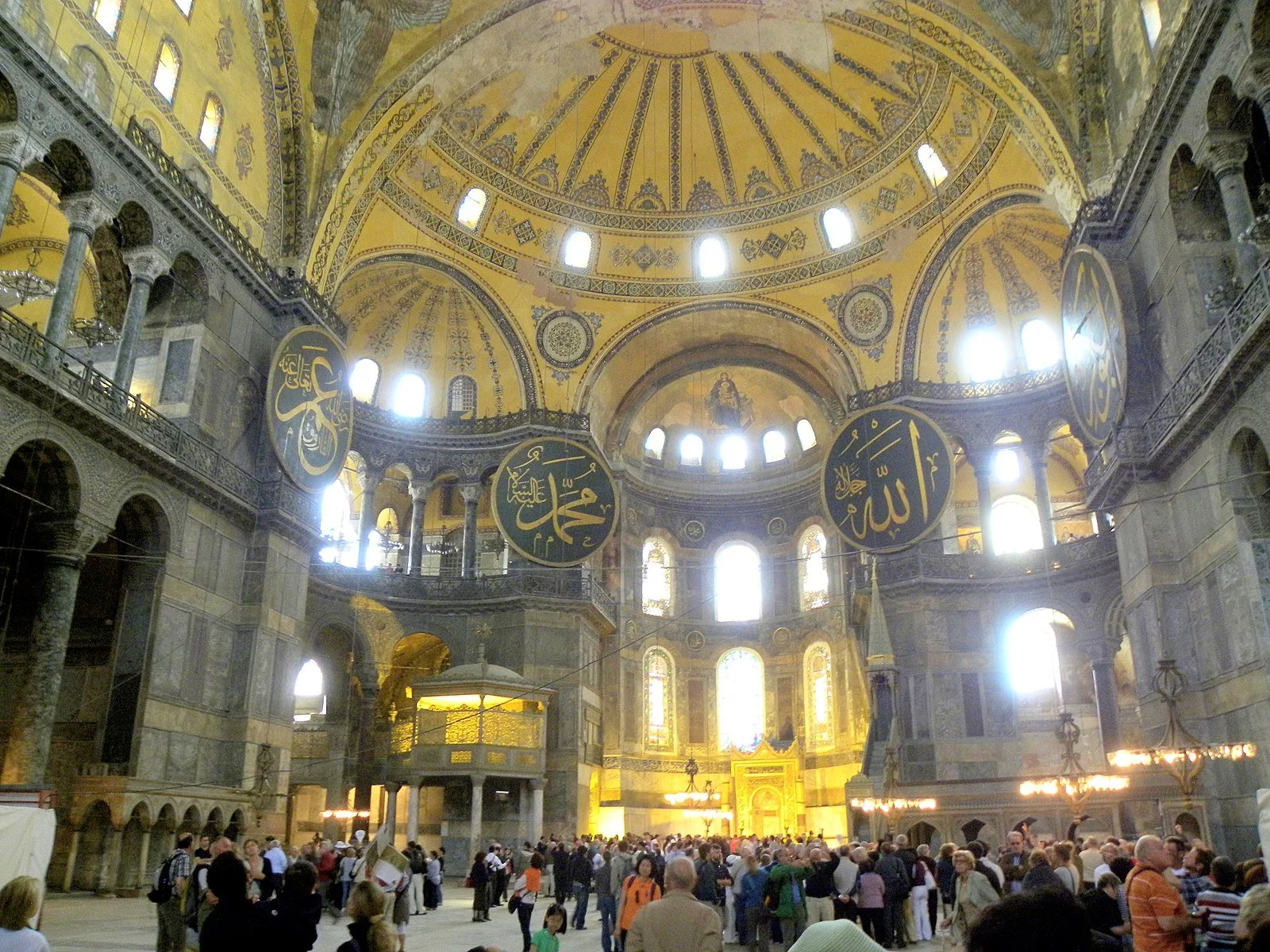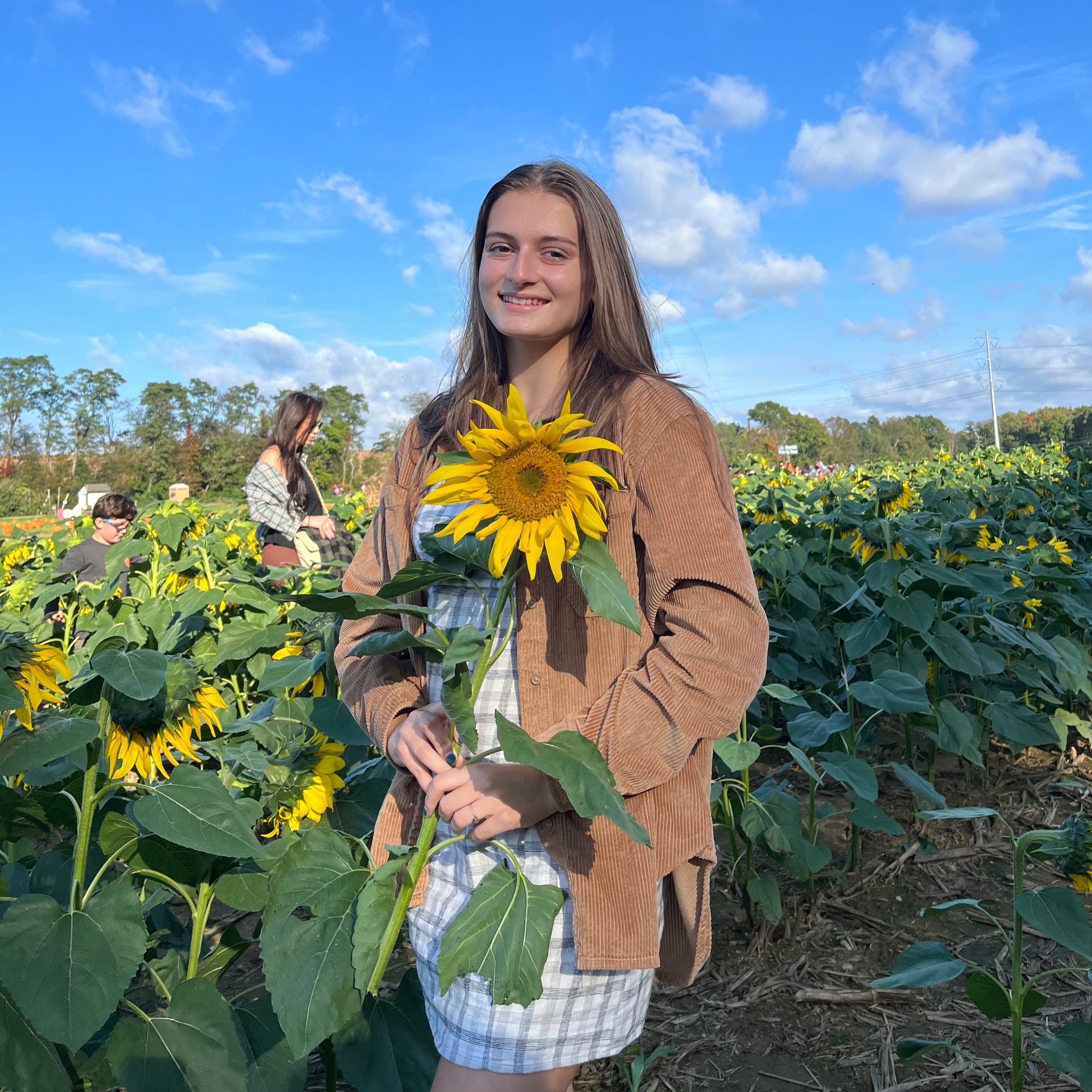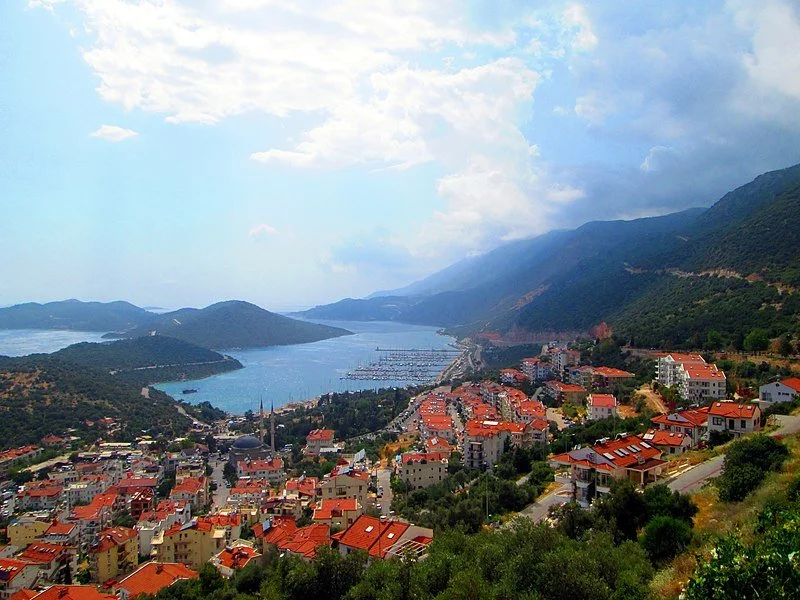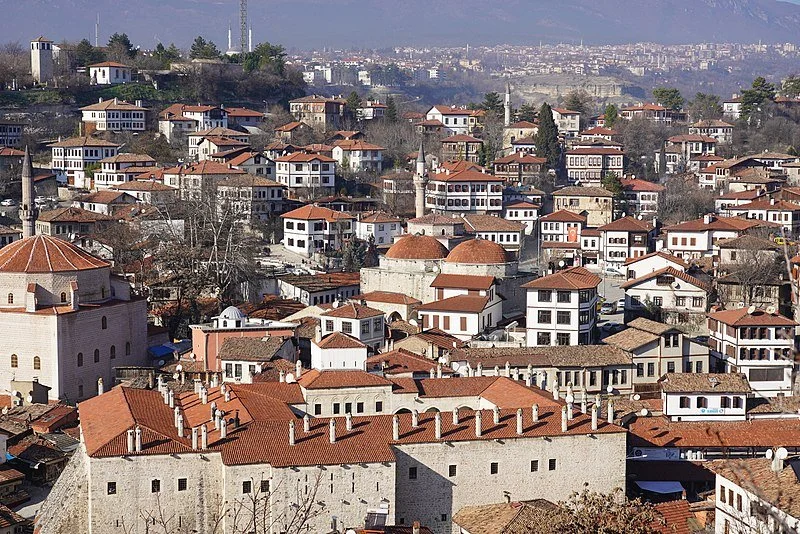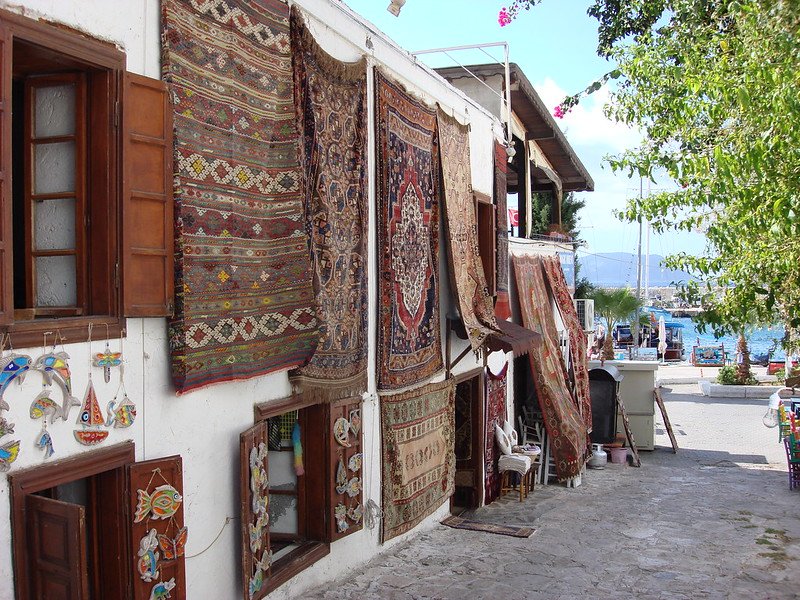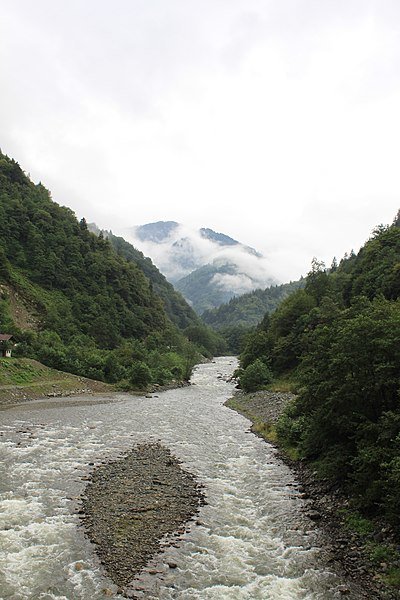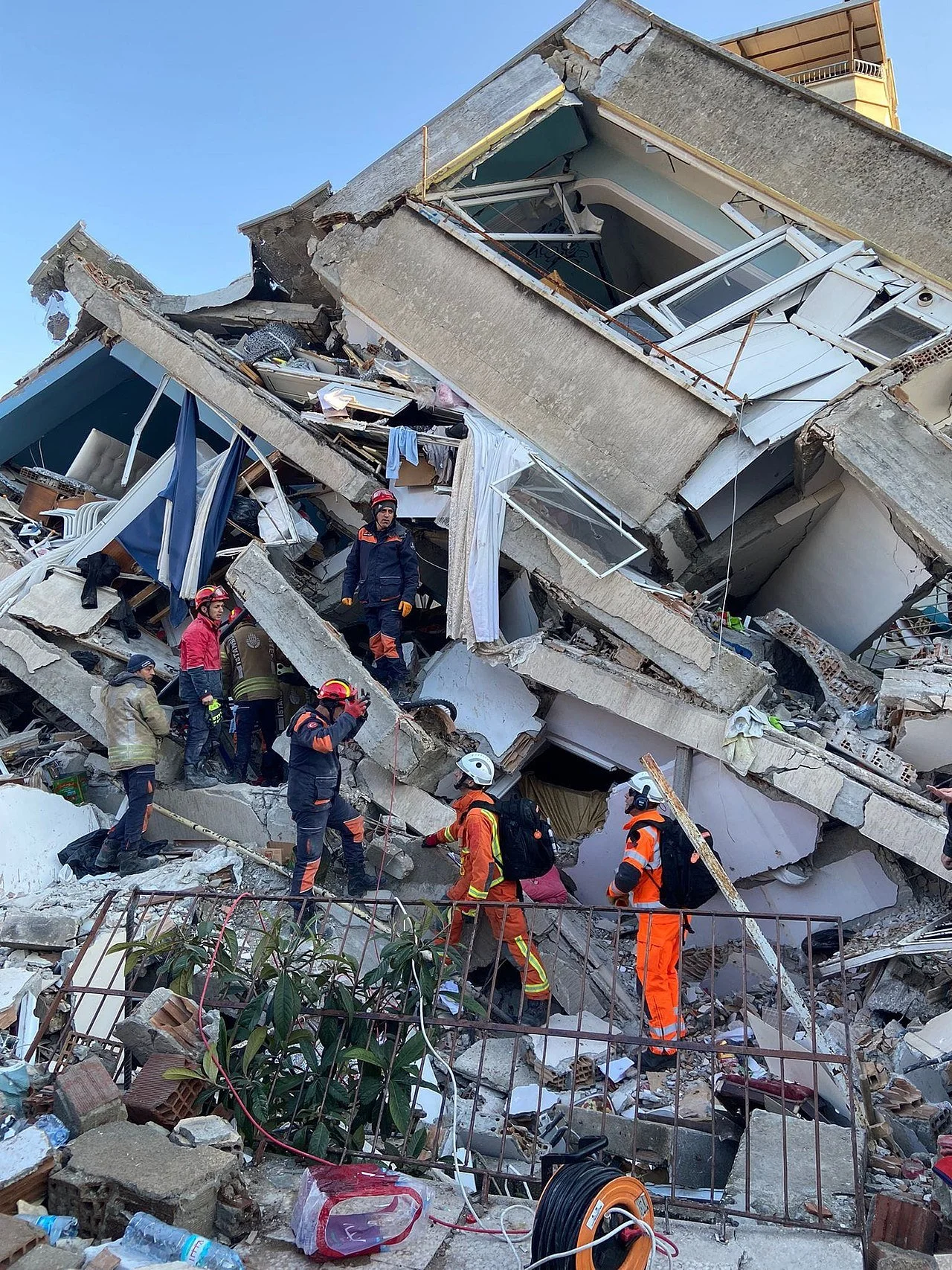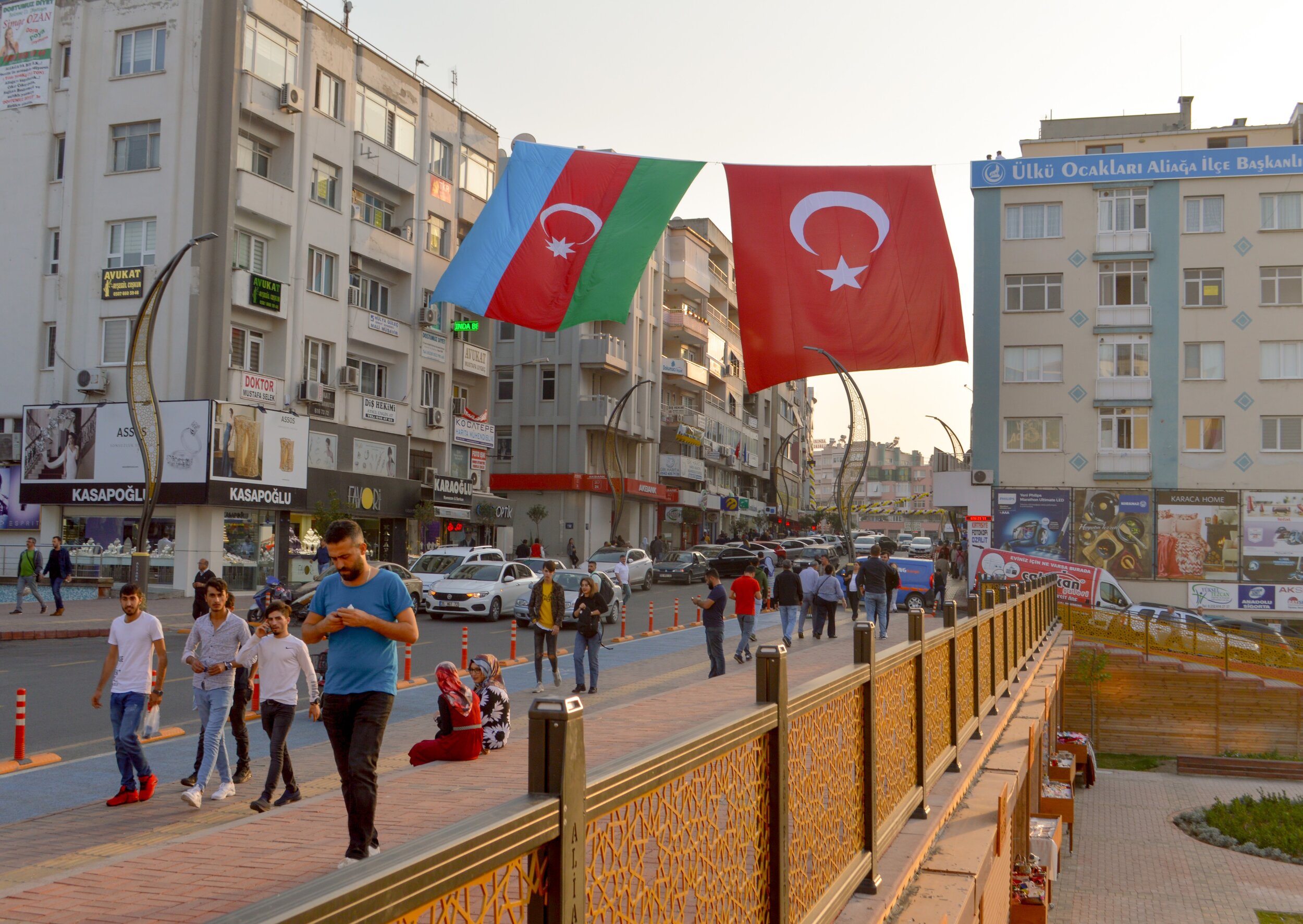Discover the poignant legacy of Turkey's Armenian community at Vakifli, the country's last remaining Armenian village, now home to its inaugural museum, inviting visitors to explore this cultural heritage.
Kurdish, Armenian and Turkish women. Yeucelnabi. CC BY-ND 2.0
Most of Turkey’s Armenian population disappeared following Turkey’s leading role in the 1915 Armenian genocide. Even today, there is only one Armenian village left in the country. While Turkish-Armenians’ rich history has slowly started to wane, many community members have come forward to teach the world of their heritage. The last remaining village is Vakifli, located in Turkey’s southern Hatay province. Home to only about 100 people, it is a popular spot in the summer for those hoping to get in touch with their Armenian roots. Now the village’s first museum has opened, giving visitors more than enough reason to visit Vakifli.
History of the Armenian Genocide
Armenians being deported. Narek781. CC BY-SA 2.0
Long before the term “genocide” was coined after the Nazis’ attempt to eradicate all Jews during World War II, the Turkish-Armenians suffered a similar fate with an estimated 1.5 million deaths. In 1915, the Ottoman Empire was in decline. At the time, over 2 million Armenians lived in Turkey; by 1922 there were fewer than 400,000. Before the Ottoman Empire’s collapse, the Christian Armenians were granted religious freedom but were subjected to higher taxes, lower wages and an overall lower standard of living.
In 1908, the Young Turk movement, mostly made up of junior army officers from the Ottoman Empire, took control of the empire in an attempt to “Turkify” the region. The group was led by a powerful triumvirate who called themselves the “Three Pashas.” During World War I, the Young Turks sided with Germany but were eventually defeated. According to The New York Times, , “Armenians were blamed for siding with the Russians” against the German-led Central Powers and were subsequently massacred under the rule of the “Committee of Union and Progress,” a political party representing the Young Turks. Harsh measures were launched against the Armenians, such as making it legal to arrest Armenians on the “sense” of them being a threat. Abandoned Armenian property was confiscated, mass deportations sent men off to labor camps to be worked to death, and “death marches” led Armenian women and children across the Syrian desert to their own concentration camps. Though the German government was reportedly “disgusted and horrified” by the Turkish government’s actions, the Three Pashas fled to Germany after the Ottoman Empire’s fall in 1918 and were given protection.
To date, the Turkish government still does not acknowledge the events that occurred surrounding the genocide of Turkish-Armenians. Legal action is even used; mentioning the Turkish state’s role in the 1915 Armenian genocide is often met with arrests and prosecution.
Vakifli Village
Musa Dagh, where Turkish-Armenians successfully resisted Ottoman troops. anthiok. CC BY-NC-SA 2.0
The small village of Vakifli was established by Armenians who “successfully resisted the Ottoman army’s attacks” in 1915. 4,200 villagers were forced to retreat onto the nearby Musa Dagh (Mount Musa), “holding out for 53 days” before being rescued by Allied warships from Egypt. They were not able to return home until after the end of World War I. Vakifli sits between the Mediterranean Sea and the Syrian border and is a beautiful and unique village with a dialect no Western Armenian can understand. The iconic church that sits in the middle of the village was restored in 1994 and reopened to visitors. Now, with decreased job opportunities and lower standards of living, many of the younger generation have moved to Istanbul, a city holding far greater opportunities. This leaves the older generation to continue to hold on to what remains of the village’s culture. Recently, Vakifli has attempted to diversify its economy by promoting ecotourism and organic farming.
The Launch of Their First Museum
Vakifli church. Nurretingulay. CC BY-SA 3.0
While COVID-19 delayed the official opening of a museum celebrating Turkish-Armenian culture, even now the space is welcoming visitors. Filled with donated items such as audio recordings, photographs, traditional garb and one of the most popular exhibits - the wedding dress - the Vakiflikoy Museum shows visitors “how villagers speak,” along with their beliefs, holidays, food and traditions. Lora Baytar, the museum’s founder, and her husband hope that it gives Turkish-Armenian people a museum where they can preserve their history and culture for all the world to see.
Elizabeth Misnick
Elizabeth is a Professional Writing and Rhetoric major at Baylor University. She grew up in a military family and lived in Europe for almost half her life, traveling and living in different countries. She hopes to continue writing professionally throughout her career and publish her writing in the future.









